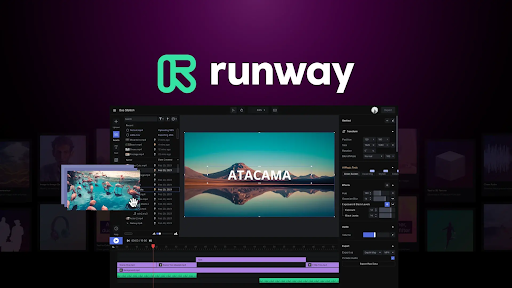The digital landscape of May 2025 is electrifying—a bold fusion of artificial intelligence (AI) and cryptocurrency that’s sparking innovation from Nairobi’s rising tech hubs to the frontlines of Silicon Valley. Let’s unpack the trends driving this dynamic shift—and why Kenya is uniquely positioned to ride the wave.
🌍 Navigating the Cryptocurrency Frontier
🧠 TARS AI: The Rise of Intelligent Crypto
We’re witnessing a seismic shift. Projects like TARS AI mark the next phase of crypto—where AI isn’t just a tool but a core intelligence within blockchain ecosystems.
Imagine decentralized platforms that:
Autonomously optimize DeFi yields
Deliver hyper-personalized investment advice to everyday users
Fortify blockchain security in real time
This evolution isn’t just about faster trades—it’s about building smarter, adaptive, and accessible systems that can even run efficiently on basic smartphones here in Kenya.
💸 WAYGU CASH: Community in the Driver’s Seat
In a space dominated by tech specs, WAYGU CASH highlights the power of community—something Kenyans understand deeply through our culture of chamas (informal investment groups).
If WAYGU CASH taps into global meme culture or gamified engagement, it could thrive. It’s a reminder that value creation in crypto is increasingly democratized.
🪐 Solaxy: Web3’s Expanding Universe
Solaxy evokes digital frontiers—virtual galaxies, gaming, metaverses. For a digitally native generation, projects like this represent the new social and economic frontier.
Imagine Kenyan artists showcasing NFT art in Solaxy’s virtual galleries—breaking free from traditional gatekeepers and gaining instant global visibility.
🌐 Ethereum: Bedrock of Decentralized Innovation
Ethereum remains the engine room of Web3, powering dApps, DeFi, DAOs, and NFT platforms. Its transition to Proof-of-Stake not only slashed energy use—it unlocked scalability for mass adoption.
Local developers are already building on Ethereum—from supply chain trackers to mobile payment dApps tailored for Africa.
😄 Meme Coins: Market Pulse Meets Internet Culture
Dismiss them at your own risk. Meme coins like Dogecoin show how online communities shape markets.
For new investors, understanding these social dynamics is key—especially in volatile, sentiment-driven markets from Nairobi to New York.
🤖 AI Is Changing Everything
👨💻 AI Code Assistants: Fueling Local Innovation
Tools like GitHub Copilot empower even novice developers to build sophisticated software quickly.
In Nairobi, this levels the playing field—helping young creators bring local solutions to life faster, with fewer barriers to entry.
🧠 Multimodal AI: More Human, More Inclusive
Multimodal AI understands text, images, audio, and video simultaneously—a leap toward more intuitive interaction.
Imagine tools that:
Understand spoken Swahili
Analyze crop photos for farming tips
Process videos for smart learning solutions
This could spark more inclusive AI tools that meet Africa’s unique needs.
🔁 The Game-Changer: AI + Crypto Synergy
The real magic is in the convergence. Together, AI and crypto are setting the stage for:
🔎 Smarter, More Resilient Markets
AI-powered analytics identify inefficiencies, predict risk, and fine-tune strategies. This can stabilize crypto markets and attract more mainstream investors.
🛡️ Stronger Blockchain Security
AI can proactively detect and prevent threats, protecting decentralized networks—and building user trust across the globe.
🤖 Intelligent dApps
We’re entering an era of dApps that learn user preferences, automate tasks, and adapt in real time—blending the power of AI with decentralized freedom.
🔮 Looking Ahead: From Nairobi to the World
From the bustling co-working spaces of Nairobi to the labs of Silicon Valley, the AI + Crypto fusion isn’t just hype—it’s a structural shift in how we interact with technology and money.
We’re heading toward:
-
AI-optimized blockchains that evolve on their own
-
Adaptive smart contracts that respond to live conditions
-
Personalized crypto portfolios, curated by intelligent assistants
💡 Stay tuned to Next-Gen for deeper dives into these paradigm-shifting technologies. Nairobi is ready. The world is watching.
The future is limitless.



.png)
.jpg)
.jpg)
.png)
.jpg)
.jpg)
.png)
.jpg)
.jpg)
.png)
.jpg)
.jpg)
.jpg)
.jpg)
.jpg)

.jpg)
.jpg)
.jpg)
.jpg)
.jpg)
.jpg)
.jpg)
.jpg)













.jpg)

